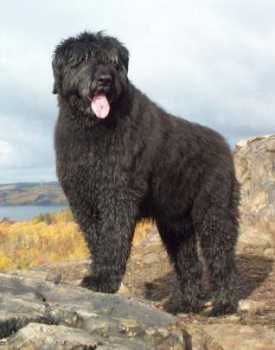The "spaniels" of France are really all small set-ters. The Brittany may be close to the original couching dogs of medieval Europe. Except for his short tail, his similarity to the all-purpose setters of Germany and the Netherlands, and even the British setters, can be seen. The Brittany has a higher, smaller ear, lighter head and tighter skin than what is expected in flushing spaniels. Similar hunting dogs have been known for a long time in Brittany, and the presence of the Celts in Brittany, Wales and Ireland makes the origin of the red color an interesting topic. Hunting dogs born tailless have a French precedent in the Braque du Bourbonnais.
The modern history of the Brittany dates from the beginning of this century, when Arthur Enaud created a planned breeding program to restore this old, but waning, French breed. The Brit has become a popular hunting dog once again in France and, since its entry into the USA in the 1930s, has enjoyed remarkable success in the States as well.
American fanciers have recently dropped the word "Spaniel," changing the breed name to Brittany. The Brit works much the same as the pointers, the setters, and the vorstehhunds. He is an aggressive searching dog and can be pushed out to distance if the conditions warrant. A keen nose and classic point gives him style and dash and, after the point, he retrieves from land or water. His small size is ideal to minimize both the cost of feeding and the space needed to keep and transport him. The Brittany is immensely popular as a personal gun dog in the USA and consistently ranks well in AKC registrations. American Brittany field trials are well attended, and breeders are justifiably proud of a long list of dual champions. The breed also has shown an aptness for obedience competition.
Harsh training is not necessary as they are usually mild and obedient, often quite submissive and wanting to please. The Brit is a good choice for new hunters as the breed is a natural worker that handles easily. He has a tail either naturally short or docked, so that the adult length is never more than four inches. The American and Canadian standards allow only for the orange/white or the rarer liver/white; yet in his country of origin the black/white and tricolors also are recognized. Even the show specimens have not fallen into the trap of exaggerated coat, and grooming is minimal
Breeds navigation
dog harness and leash
fashion dog harness
|

